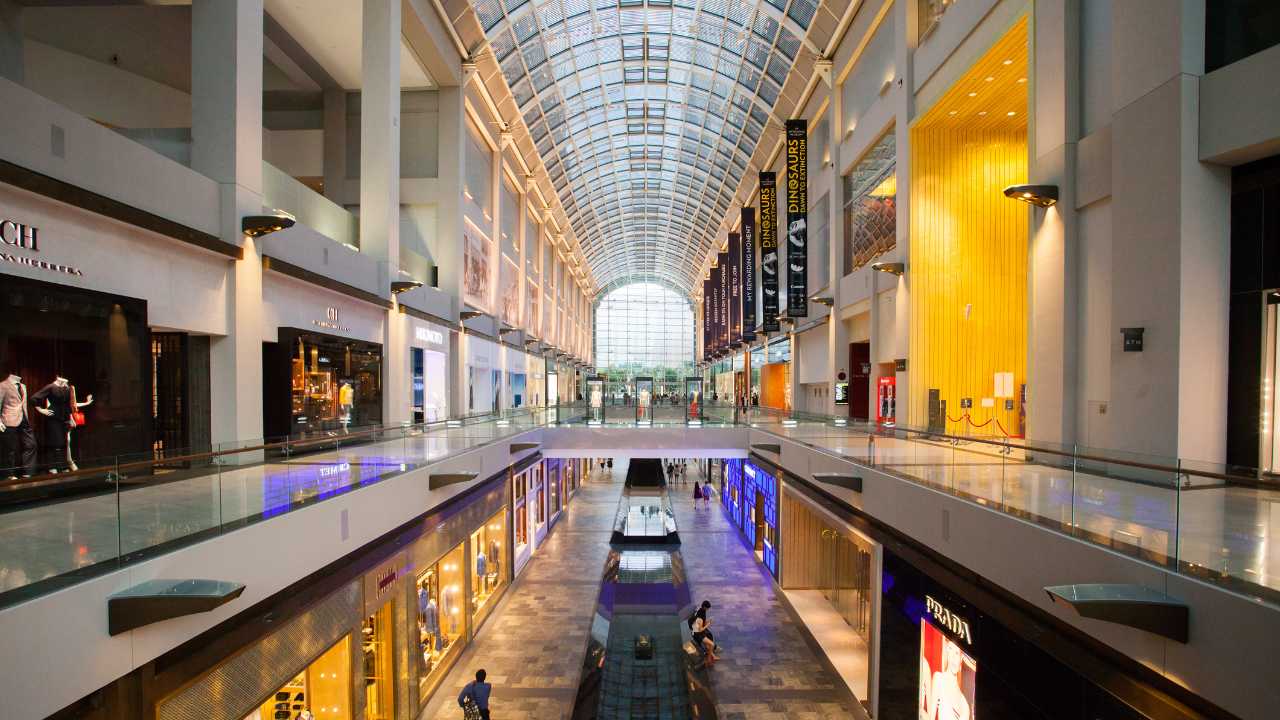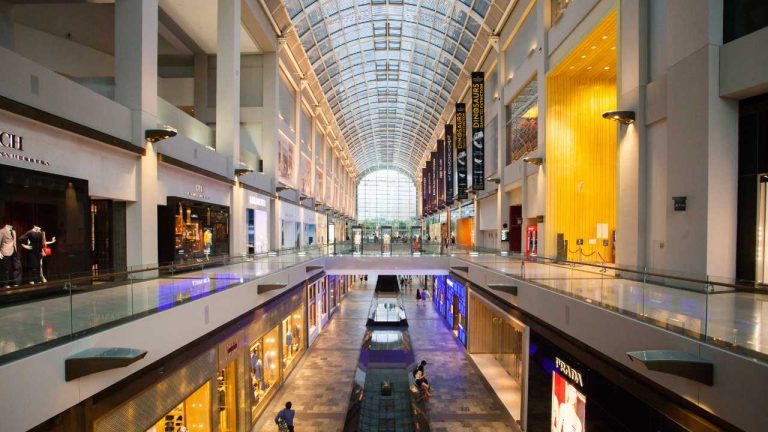Strategy Plan for Shopping Centres
Shopping Centres are complex properties, requiring a reasonable degree of control and planning from both an investment perspective and property management. You have tenants, customers, local economic sentiment, and property design to consider.
Shopping Centre managers must have experience in the property type and a solid foundation in the investment alternatives available. In addition, individual centre managers should apply control to the asset daily while tracking retail shopping trends and results.

Shopping Centre Experience Matters
This is not an ordinary job for inexperienced people. Those retail property managers are very busy providing strategic retail property directions and recommendations for the landlord.
The retail shopping environment is changing, given the ease of online shopping. However, customers still like to ‘shop’ in large or local shopping centres.
‘So, there is a balance to achieve and work with in any retail property or shopping centre. Firstly, its all about attracting customer interest to the property. Secondly, its the marketing momentum for the tenancy mix.’ – John Highman
You must recognise tenants or customers while managing a retail property. All elements are critical and can pressure the asset’s performance and change. That is why you need a retail business plan approach for the support that tracks actual results and decisions monthly.

The Formula for Retail Property Control
Here are some elements of a strategic shopping centre management and leasing plan. You can add to this list based on unique local factors and the property.
- Reduce and fill vacancies – Given that you have several, if not many, shops in a retail complex, the vacancy pressures are always there. You have tenants looking to leave, some defaulting lease situations, and others needing to move, expand, or contract shop size. So those pressures require a tenant retention plan and a leasing plan. The aspects of retail property performance to consider would be optimising rent, minimising vacancies, and choosing the right tenants for the longer term. Not all tenants are suitable for investment property performance, and not all shops are ideal for different types of retail selling. Leasing choices require a leasing plan before each financial year’s beginning.
- Improve rental payments – Arrears will affect property performance and the net income stream. Yet through the arrear pressures, you should also want to improve rental base rents to market rents. The comparisons should align. The actual market rent in the property will vary throughout the year based on individual negotiations. Negotiate every lease to balance the tenant types against the location and potential success. I go back to the point that not all tenants are suitable for certain shops. If you get the choice wrong, the tenant’s business will fail, and the shop will become vacant.
- Stabilize cash flow – The passing of ‘cash’ in a retail property is many-fold. Rents, outgoings, maintenance, and vacancies all pressure the resultant net income. The best way to put some stability into the income stream is to plan for all variations of property performance at least 12 months out and preferably 18 months ahead of time. If that is done well, the income and expenditure budgets can be set for each financial year and tracked monthly to actual results. Given the investment and the potential outcomes, you can adjust shopping centre expectations for the landlord from that process.
- Communicate with tenants frequently – The clear message here is to keep the doors of communication open with all tenants. As the year passes, their business may experience pressure and problems. Connecting with the tenants frequently will help you see issues as they develop and allow you to formulate strategies.
- Optimizing property performance – It is better, in most cases, to work with any identified lease and occupancy compromises than to have a longer-term vacancy. You are watching occupancy pressures and looking for any change in customer interest in the property. Talking to tenants about trade, sales, and marketing will also help. The focus is to improve the business performance potential of the retailer or give them the tools and environment to do that. What you are doing there is reducing risk for all parties.
- Sales and customer numbers – Door counters are invaluable for tracking customer interest and attendance in retail properties. You can then see the patterns of customer interest and assess what days of the week or times of the year are better for retail sales. The marketing plan for the property can then be shaped around those patterns.
- Merchandise groups across the tenant mix – Given all the retail property’s tenants, track the merchandise groups’ sales trends. That would include food, fashion, leisure, services, entertainment, white goods, home and lifestyle, and family. All categories have subsets to watch. Some merchandise group sales results will ‘rise and fall’ during the year. Those trends are beneficial to set a marketing plan in place for the year ahead.
- Marketing plan – How is the property promoted to the customer base? It is an excellent question to ask. Through the year and across the tenant types, the marketing plan can pick up local festivities and holidays and then position the shopping centre into that. It is wise to have a marketing plan partly tenant-funded from the lease document terms and conditions. That money is then applied to the yearly marketing initiatives. More extensive shopping centres would always have such a marketing plan and associated tenant contribution. Smaller shopping centres should also have a ‘scaled down’ version of the same strategy.
- Landlord services and reports – A complex retail property requires a complex reporting system. Those controls support investment decisions. That then provides a strategic approach to property performance for the landlord client. So, what would you report on and when? First, split the report formats into weekly, monthly, quarterly, and yearly. Each report can record results and changes in income, expenditure, occupancy, tenant matters, maintenance, risk, and capital works. By reporting progress regularly, in some formal written document, there is no chance of a critical factor decision being overlooked.
You can add to this list and adjust it for local and property-related matters. Nevertheless, the control that this retail shopping centre planning process can give you is significant. A property manager that is ‘under control’ is a property manager of value to the clients they serve.
Given the volume of activity in retail property, expect control systems and solutions to provide you with retail property leverage and control. Formulate your strategic plan for the shopping centre and your landlord client.






